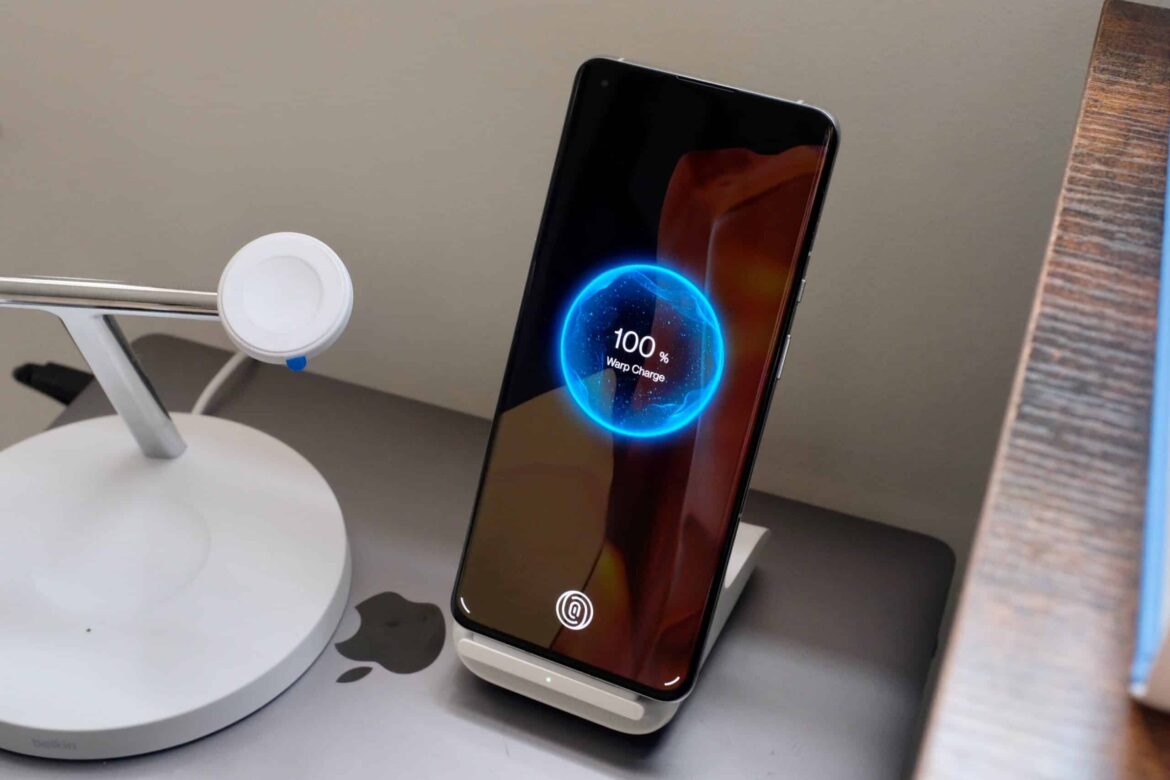516
Some modern smartphones support adaptive charging. This technology is designed to prevent the battery from dying quickly.
Adaptive charging – what’s behind it
Smartphones, laptops and other mobile devices are with us every day. But their batteries have a limited lifespan and incorrect charging can age them faster. This is where adaptive charging comes in – an intelligent technology that protects the battery.
- Conventional charging processes deliver power continuously until the battery reaches one hundred percent. This can be harmful in the long run. Adaptive charging, which is used, for example, by Google Pixel, Samsung or Apple, is designed to remedy this.
- With adaptive charging, the device recognizes your usage behavior and adjusts the charging process accordingly. It ensures that the battery is charged more slowly and more gently, especially at night or when the device is connected to the charger for a long time.
- For example, if you charge your cell phone overnight, the device stops at about eighty percent battery level and only charges the remaining twenty percent just before you use it in the morning.
Advantages of adaptive charging
Adaptive charging has several advantages:
- Longer battery life: Less stress means the battery lasts longer and needs replacing less often.
- Less heat build-up: Excessive temperatures are harmful to batteries – adaptive charging reduces this risk.
- Optimized charging times: The device recognizes your habits and charges to one hundred percent exactly when you need it.
This is how you use adaptive charging
Most modern smartphones offer this feature by default.
- Look for it in the power or battery settings under names like “Optimized Charging” (Apple), “Adaptive Charging” (Google Pixel) or “Battery Protection” (Samsung).
- If your device supports this feature, you should enable it to conserve your battery.

